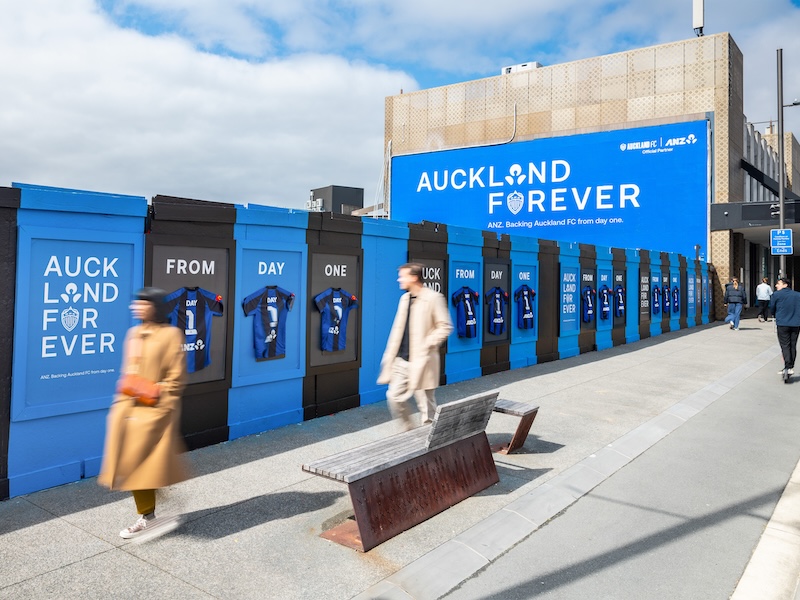Supplied
The first residents of a new $200m Ryman Healthcare village in Cambridge are expected to move in later in 2023, chief executive Cheyne Chalmers said.
A $200-million village in Cambridge is coming for a region that already has the third-highest number of retirement villages in New Zealand.
Ryman Healthcare has unveiled plans for a village on Cambridge Road that could house more than 300 residents and would feature 80 rest home, hospital and dementia care beds.
The early stages of the village are selling now and first residents were expected to move in later this year, chief executive Cheyne Chalmers said.
Waikato houses 53 retirement villages, including the new Ryman village, putting it in third place nationally, behind Auckland with 115 and Canterbury 80.
READ MORE:
* Retirement villages advised to assess staff roles for high risk of Covid to residents
* When a housing shortage meets an ageing community – how a rural district is planning ahead
* Ryman Healthcare implements no-visitors policy across five Wellington villages in response to Covid
The baby boomers are flocking to Waikato for various reasons, mostly due to its proximity to Auckland and to healthcare providers, says John Collyns, executive director of Retirement Village Association.
And because Cambridge is “just nice, heart of big farmland, there’s race horse studs and basically a lot of wealth”.
Stuff
David Boyle says there’s no magic number.
“The entire country has an ageing population, and Waikato is not exempt from that.
“What we are finding is the way the village models work is the people are able to sell their homes, say Auckland for argument’s sake, realise the equity in it and move to Tauranga or Waikato, and purchase a property in the retirement village for lot less than what they’ve sold the house for.”
Moving out of, for example, a five-bedroom villa to a new two-bedroom unit in a village would also mean saving on heating and getting rid of repair and maintenance worries, Collyns said.
Eldernet lists properties on the Retirement Villages Register and directer Esther Perriam said Waikato had been seeing a rapid growth because it fell inside the “golden triangle”.
“It is about Waikato generally being in a really favourable position to get to a lot of different places – close to central Auckland and also to attractions like Bay of Plenty.”
Perriam said the company was aware of a number of projects underway and more investors looking to develop in the region.
“Some of the slightly more traditionally rural areas, the prices of land is far more affordable than, for example, Auckland.”
Tom Lee/Stuff
Cambridge is “just nice, heart of big farmland”, Retirement Village Association executive director John Collyns said (file photo).
The options offered by retirement villages was another driving factor, Perriam said.
“So you will have large villages with lots of people … who are looking for an active vibrant lifestyle, and then you will have smaller villages where lifestyle is more boutique, places developed by organisations who have a more charitable outlook and perhaps available for people with lesser income, and there will be places offering quite luxurious places.”
Demographer and research associate at the University of Waikato Dr Natalie Jackson said while Hamilton was one of the youngest areas in the whole country, the city also had most of the Waikato’s over-65s.
Of the 88,000 people over the age of 65 in Waikato, 22,000 are in Hamilton – numbers are projected to reach 120,000 by 2023.
It’s great to have new retirement villages coming, Jackson said, but developers may need to adjust for the next generation.
“The baby boomers might want more walking tracks and gyms and things like that. There are a lot of older people, spread across the region.”
“Also, the model of retirement villages where older people went and sucked into the systems where they lost all the capital gains. The next lot of people would be looking to maintain their capital ownership as much as possible.”
Jackson said it was important for the region to maintain the supply of specialists like cardiologists, psychiatrists, etc, so people did not need to go to Auckland.
“The usual trend is people move out of cities when they are around 65 and, when they are around 75-80, they start to move back again – closer to hospital and services. Whereas places in Waikato are still close to these services.”
New developments in the retirement area would be good for the regional economy and create jobs, she said.





















Discussion about this post